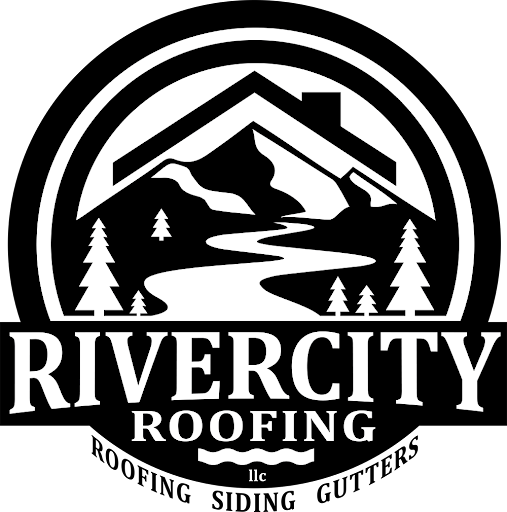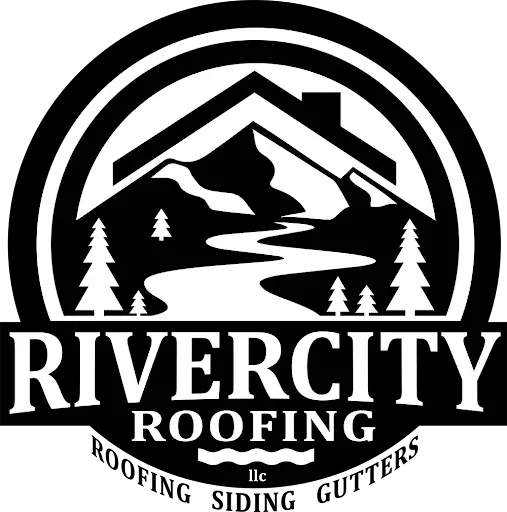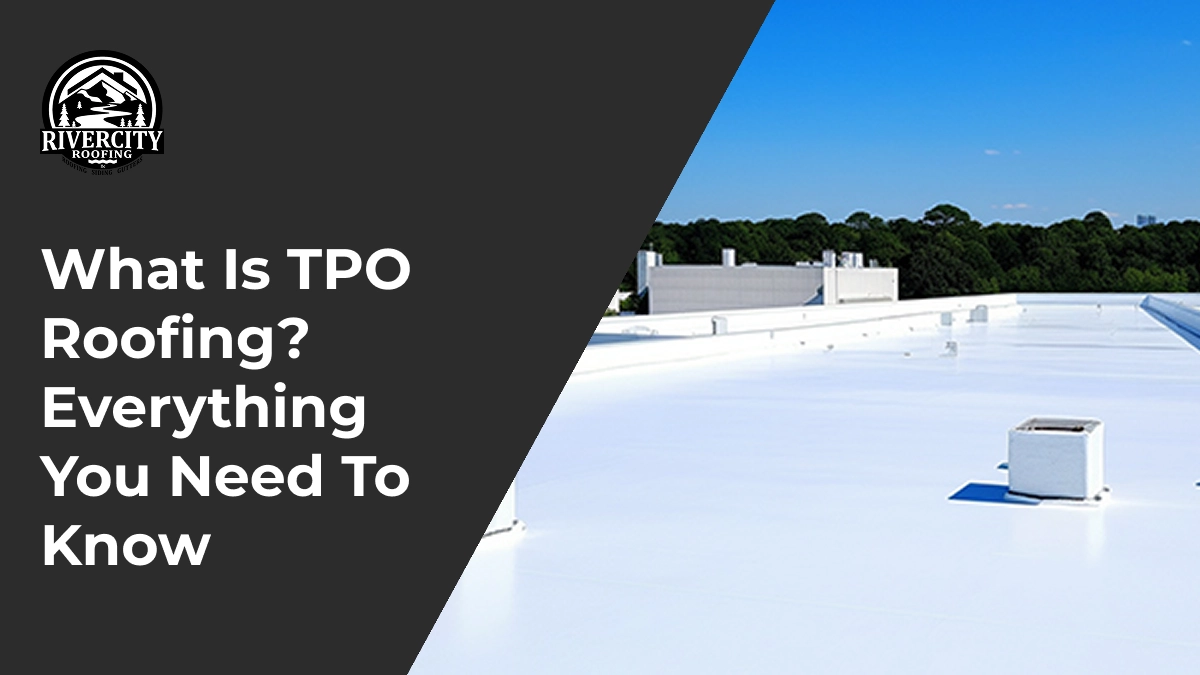If you’re a property owner or facility manager looking into flat roofing options, you’ve probably come across the term TPO roofing. Known for its durability, energy efficiency, and cost-effectiveness, TPO has rapidly grown in popularity—especially for commercial and industrial roofing projects.
But what exactly is TPO roofing, and is it the right choice for your building?
At River City Roofing, we aim to keep our customers informed so you can make the best roofing decision for your needs and budget. Let’s dive into everything you should know about TPO roofing systems.
What is TPO Roofing?
TPO stands for Thermoplastic Olefin, a single-ply roofing membrane used on flat and low-slope roofs. It’s a type of synthetic roofing made from a blend of polypropylene and ethylene-propylene rubber, and it’s typically reinforced with polyester for added strength.
TPO roofing membranes are heat-welded at the seams, creating a durable, waterproof barrier. They’re usually white or light-coloured, which helps reflect sunlight, keeping buildings cooler and reducing energy costs.
TPO has become a go-to choice for commercial properties due to its balance of affordability, performance, and environmental benefits.
Free Roof Inspections. Fast. Reliable.
Is your roof ready to weather the storm? Dont risk property damage. Our free roof inspections provide expert analysis to identify potential issues before they become costly problems.
Key Benefits of TPO Roofing
Energy Efficiency
TPO’s light-coloured surface reflects UV rays, which helps maintain indoor temperatures and reduce the need for air conditioning. This is why it’s often referred to as a “cool roof.”
Cost-Effective
Compared to other commercial roofing options like PVC roofing or built-up roofing, TPO is more affordable while still offering strong performance.
Durable and Weather-Resistant
TPO is resistant to UV exposure, chemical damage, punctures, and tears. It also holds up well against algae and dirt buildup, making it a low-maintenance option.
Environmentally Friendly
TPO roofing is fully recyclable and free from harmful chemicals like chlorine. Many eco-conscious building owners choose TPO for its green roofing benefits.
Quick and Easy Installation
Thanks to its lightweight nature and wide sheets, TPO installation is faster, reducing labour costs and project timelines.
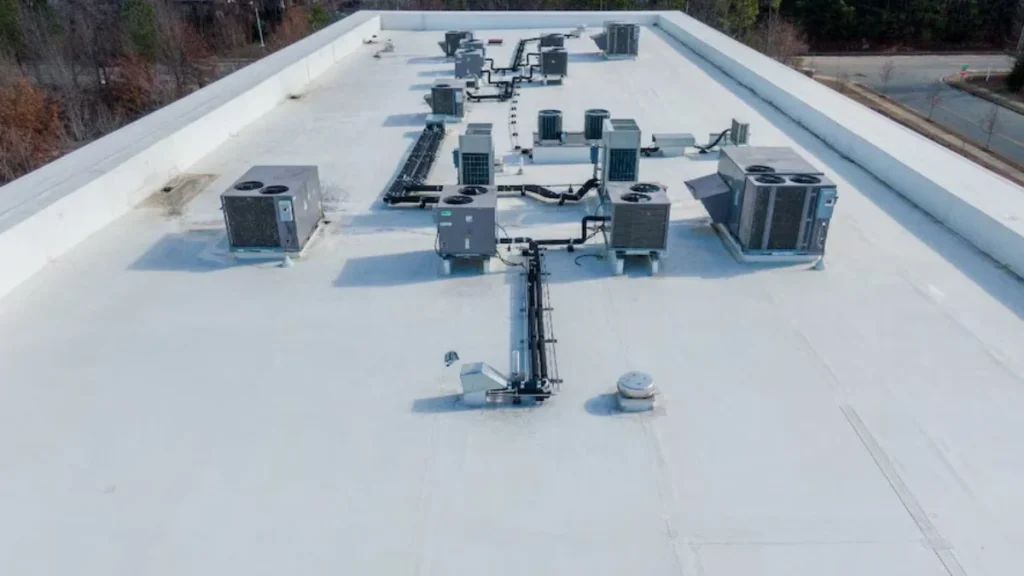
Where is TPO Roofing Used?
TPO is an ideal roofing choice for a wide range of commercial and industrial properties, such as:
- Retail stores and shopping centres
- Office buildings
- Warehouses and distribution centres
- Apartment buildings and multi-family housing
- Schools and municipal buildings
If your property has a flat or low-slope roof, TPO could be an excellent fit.
TPO vs. Other Flat Roof Options
Choosing the right roofing material often comes down to weighing cost, longevity, energy efficiency, and weather resistance. Here’s a side-by-side comparison of TPO roofing with EPDM and PVC—two other common single-ply roofing systems:
| Feature | TPO Roofing | EPDM Roofing | PVC Roofing |
| Material Type | Thermoplastic | Synthetic Rubber | Thermoplastic |
| Color Options | White, light gray | Black, white | White, light gray |
| Energy Efficiency | High (reflective surface) | Low (absorbs heat) | High |
| Installation Cost | Moderate | Low | High |
| Seam Strength | Heat-welded | Taped or glued | Heat-welded |
| UV/Weather Resistance | Excellent | Good | Excellent |
| Chemical Resistance | Moderate | Good | Excellent |
| Average Lifespan | 15–20 Years | 20–25 Years | 20–30 Years |
| Maintenance | Low | Low | Low |
As the table shows, TPO roofing strikes a nice balance between price, performance, and energy savings—which is why it’s one of the fastest-growing commercial roofing systems in the U.S.
How is TPO Roofing Installed?
TPO roofing is installed in large rolls, with seams sealed using hot-air welding—a method that creates a strong, watertight bond. The membrane can be attached in a few ways:
- Mechanically Attached – Screwed into the decking, often used for wind uplift protection
- Fully Adhered – Glued down with adhesives, offering a smooth, clean appearance
- Ballasted – Held in place with heavy materials (less common today)
Professional installation by experienced roofing contractors is critical to ensure long-term performance. Poor workmanship or improper welding can lead to leaks or premature failure.
How Long Does TPO Roofing Last?
With proper installation and regular maintenance, TPO roofs can last 15 to 20 years. Some newer formulations and thicker membranes (80 mil vs. 45 mil) can push beyond that lifespan.
To maximize the life of your TPO roof, consider scheduling annual roof inspections and addressing minor repairs early before they become bigger issues.
Is TPO Roofing Right for Your Property?
TPO is an excellent option if you’re looking for:
- A budget-friendly commercial roofing system
- High solar reflectivity for energy savings
- A modern roofing system with low maintenance needs
- A clean, sleek appearance for your building
However, every building is different. Climate, building use, local codes, and even roof access can impact your decision.
Final Thoughts
TPO roofing is a reliable, energy-efficient, and cost-effective solution for commercial flat and low-slope roofs. It performs well under tough weather conditions, requires minimal maintenance, and delivers great value for the price.
At River City Roofing, we specialize in TPO roof installation, repair, and maintenance throughout the region. Whether you’re upgrading your existing flat roof or planning a new construction project, our team of licensed, experienced roofing contractors can help you make the right call.
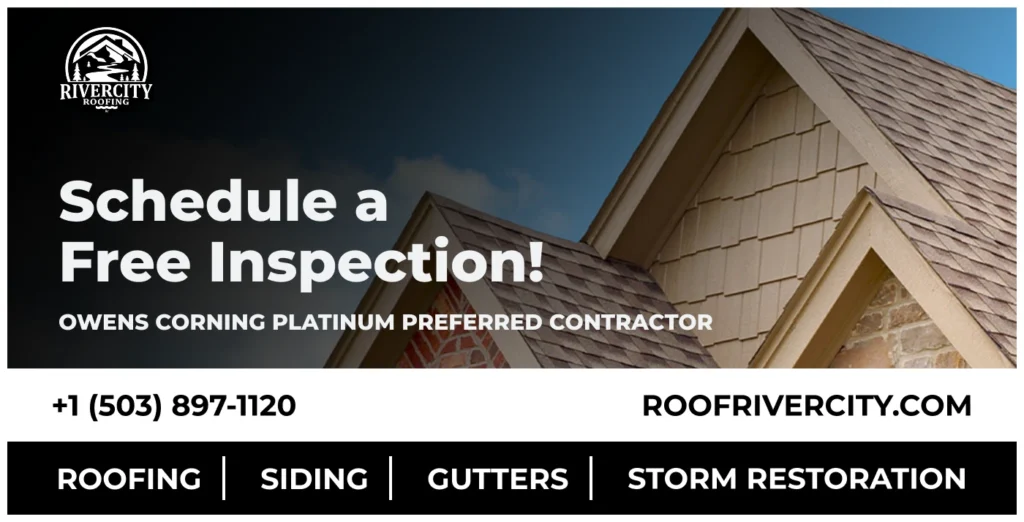
Need Roofing Help? Let’s Talk.
If you’re considering roofing for your property, we’re here to help. Call River City Roofing today at +1 (503) 430-7178 or Email us at [email protected]
We offer free roof inspections and estimates, and we’ll walk you through every step—from materials to warranty coverage—to ensure you get the best roofing system for your needs and budget.
Trust River City Roofing. Protect your property with confidence.
